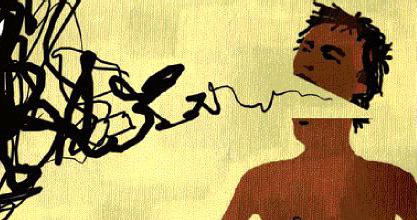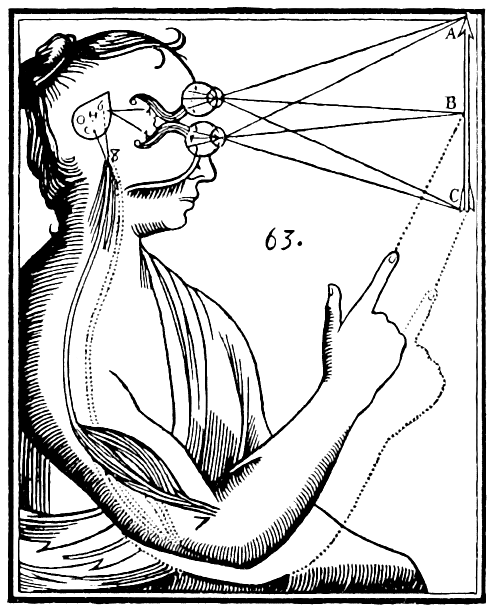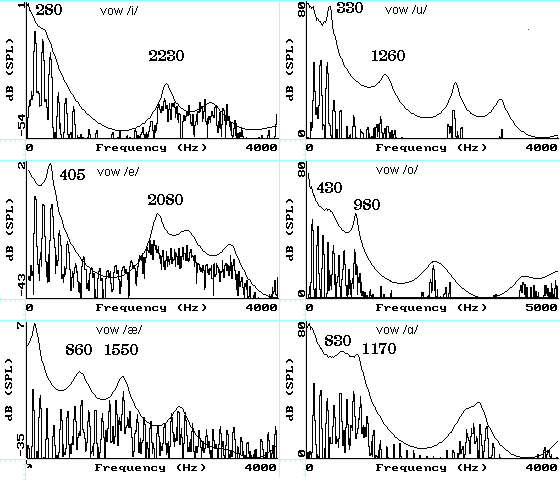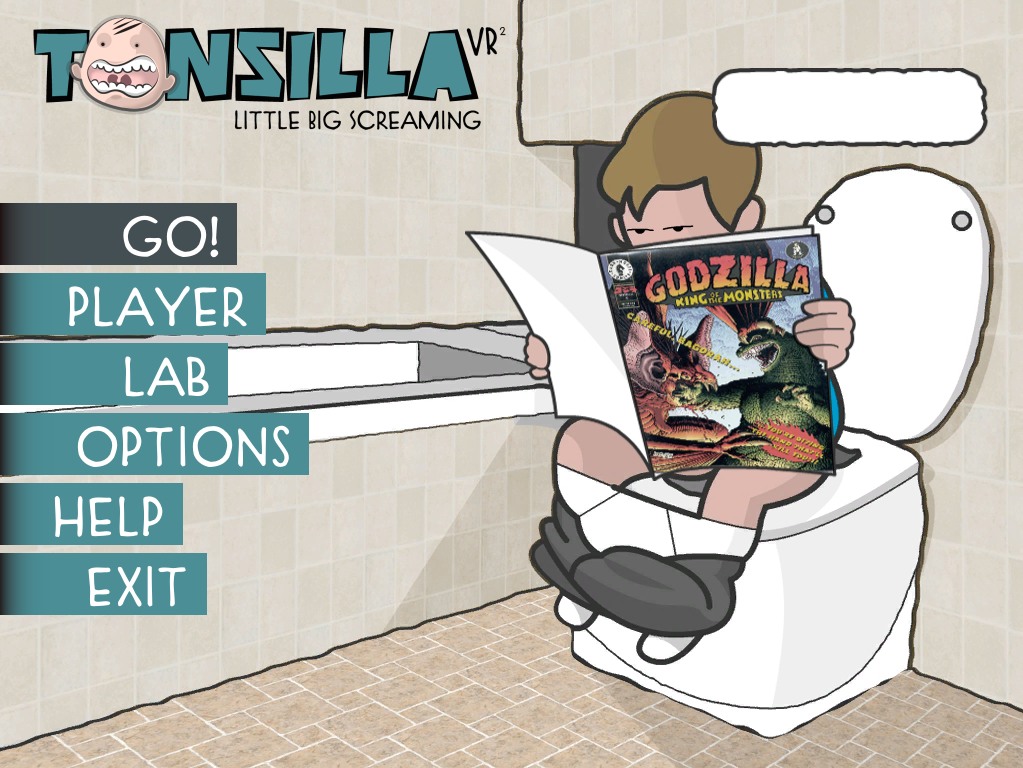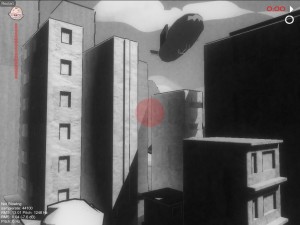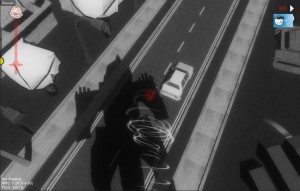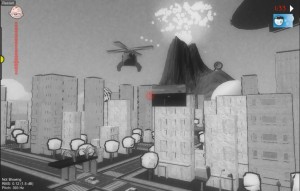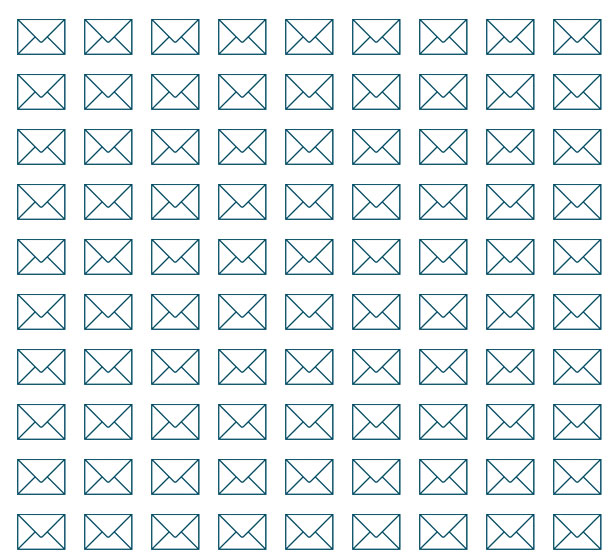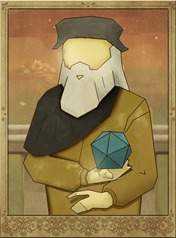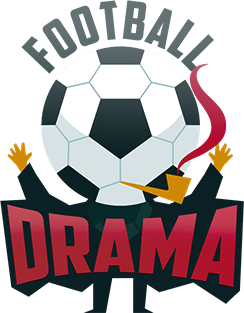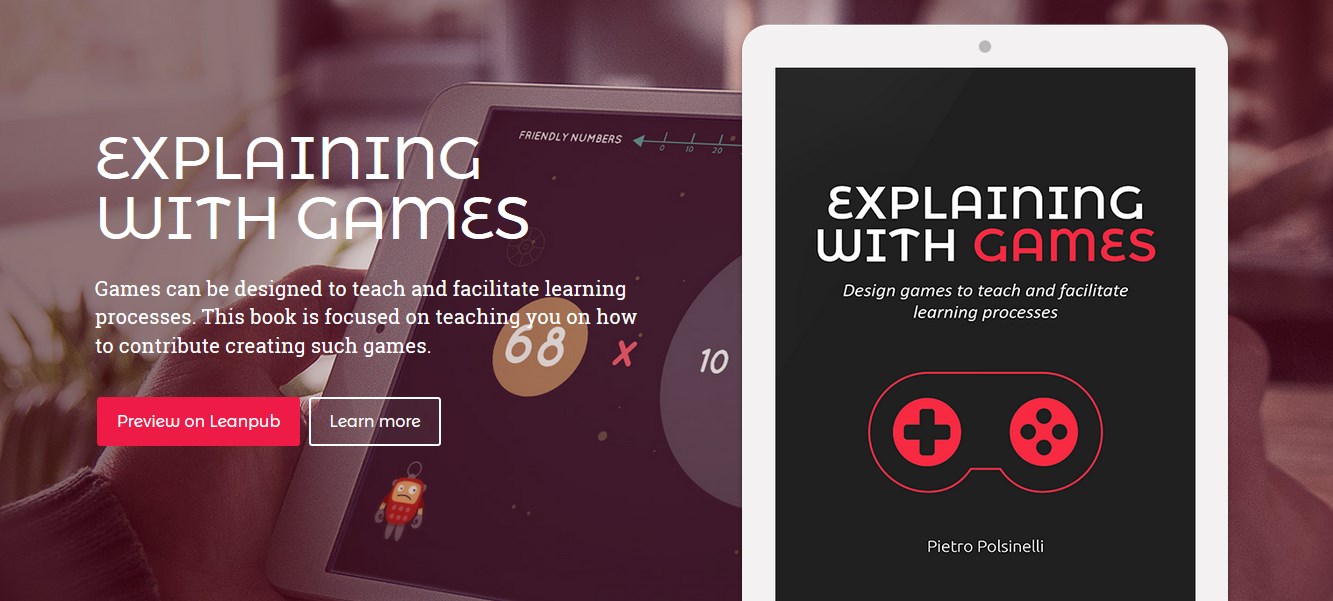How to create quickly a match 3 game in Unity? Or any kind of match game? I have been working on an original match 3 game (an applied game actually) together with Unity 2D guru Daniele Giardini and I took some notes, which I present in the video below. This is not a tutorial: I just point out some concepts you will probably need to deal with.
Consider also that this is all done with Unity 5, which by introducing 2D, sprites (and also new UI) has made it much simpler to create this kind of games. And as in all my games, its actually Unity plus Gamelogic Grids component, as in my models (and probably in games in general) grids are pervasive.
I started writing my tests from GameLogic match 3 sample project. The code project is based on GameLogic’s Grids for Unity component, and I’m using as much as possible the DOTween’ component for smoothing movements and effects.
The GameLogic fellows compiled an exhaustive survey of match games, including a wonderful infographic on match game structure spectrum:
Subtleties of match 3 game mechanics
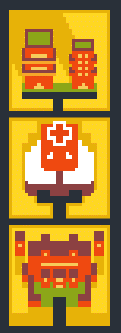 Subtleties of game design mechanics emerge once you are creating a prototype: sequential matching, peculiarities of click / swipe matching, generative universe (no need of generational AI) … discrete / continuous matches … .
Subtleties of game design mechanics emerge once you are creating a prototype: sequential matching, peculiarities of click / swipe matching, generative universe (no need of generational AI) … discrete / continuous matches … .
If you believe that game design is basically a formal activity, mainly to do with mechanics (which actually I believe to be too simplistic) you need to be a developer at least at some level, because in building the prototype you understand the mechanics, with all its possible variations.
References
Match Game Mechanics: An exhaustive survey.
GameLogic Match 3 sample project.
Grids for Unity GameLogic FAQ.
Match 3 game draft in Unity tutorial with full code.
Follow me on Twitter where I post about game design, game development, Unity3d 2D, HTML5, serious games.
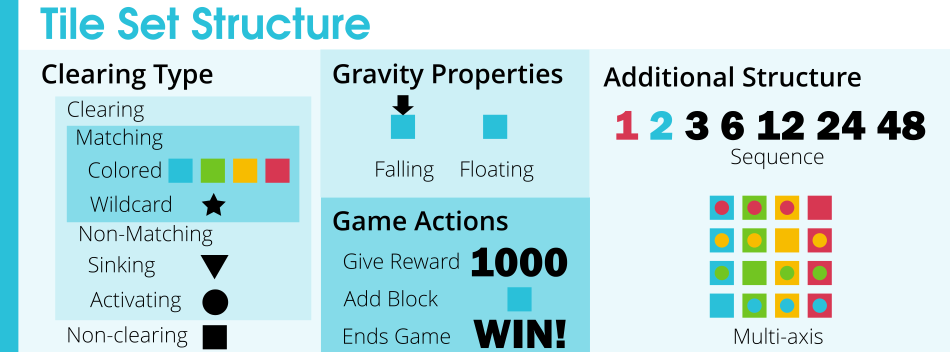







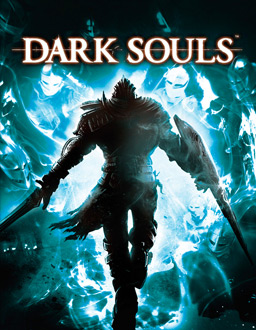



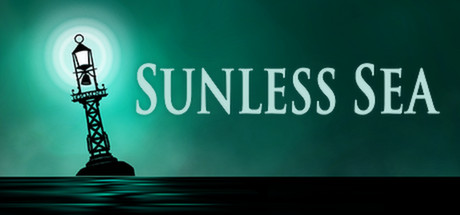
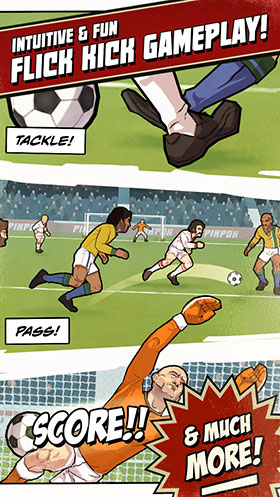



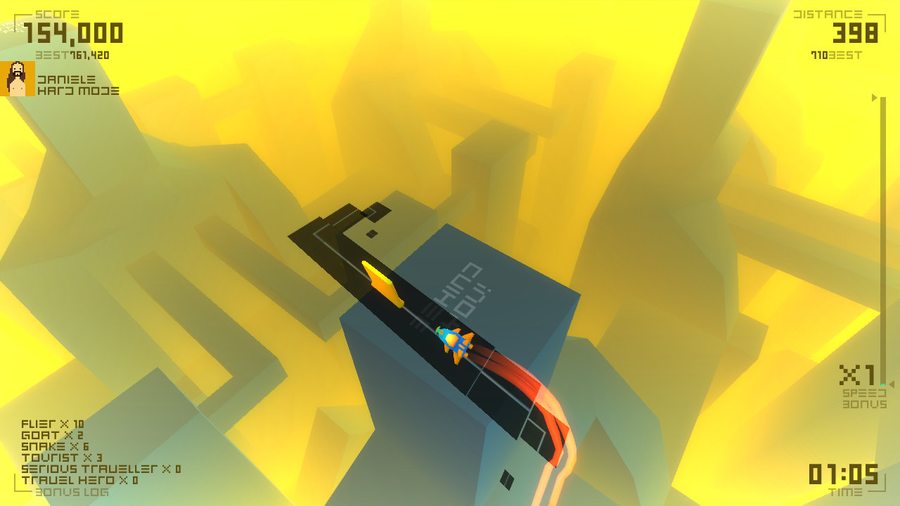
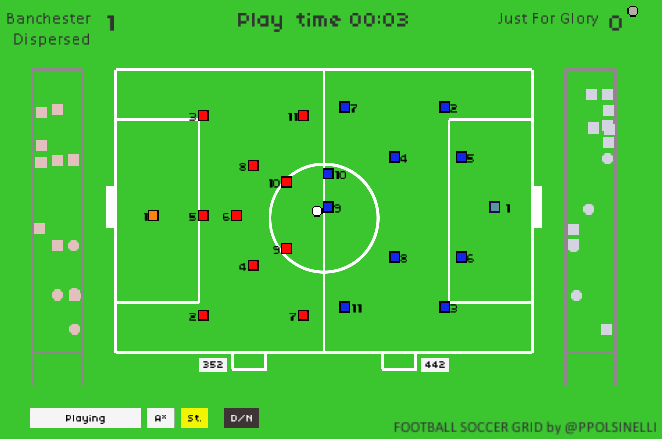

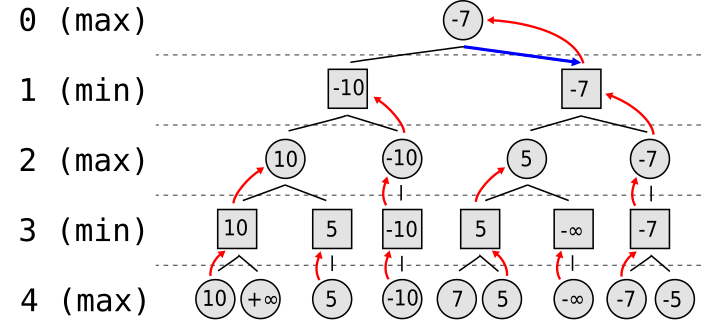
 Following
Following 
